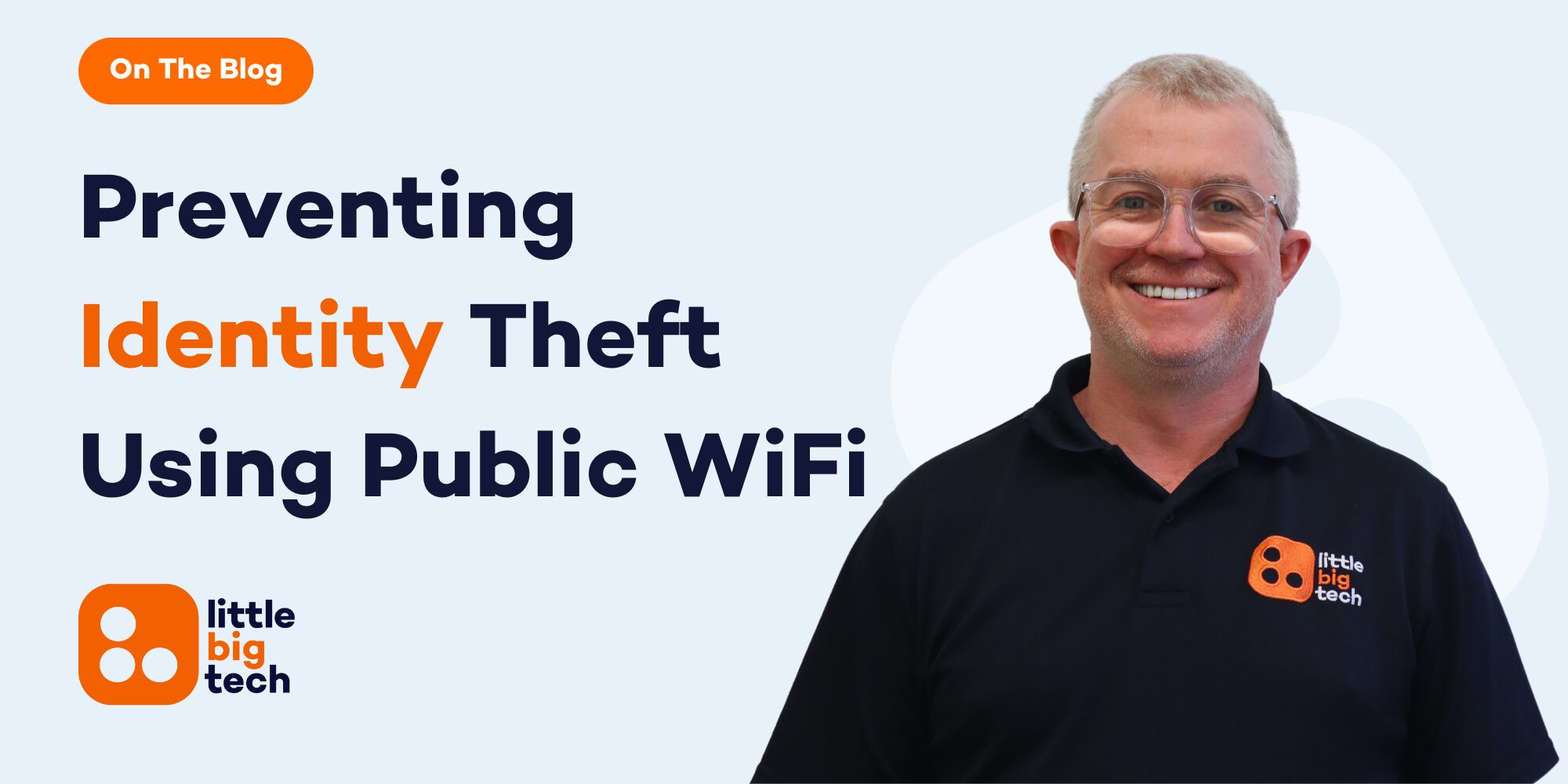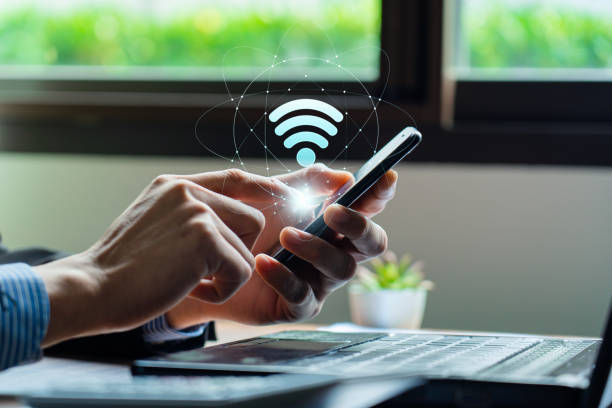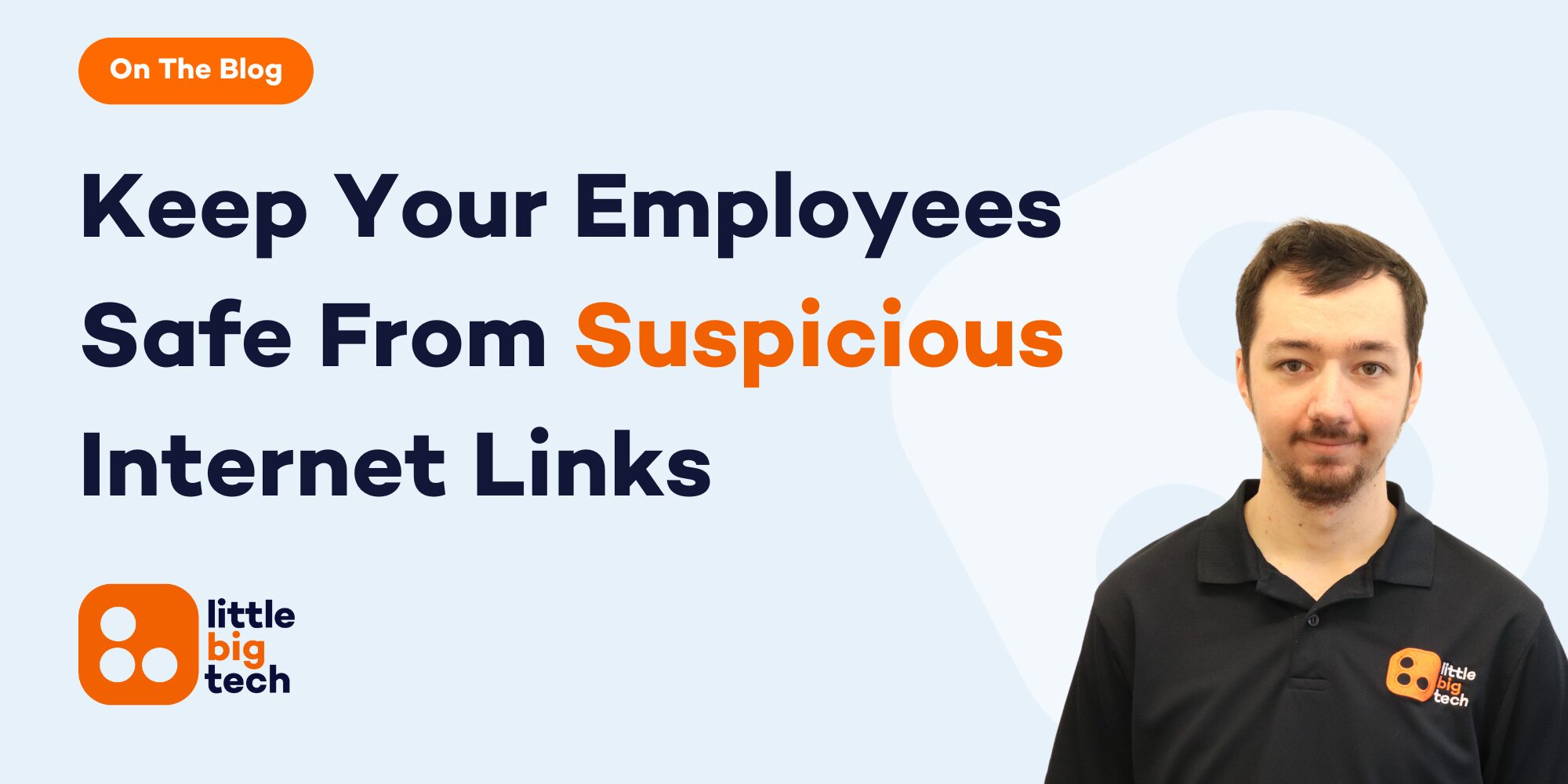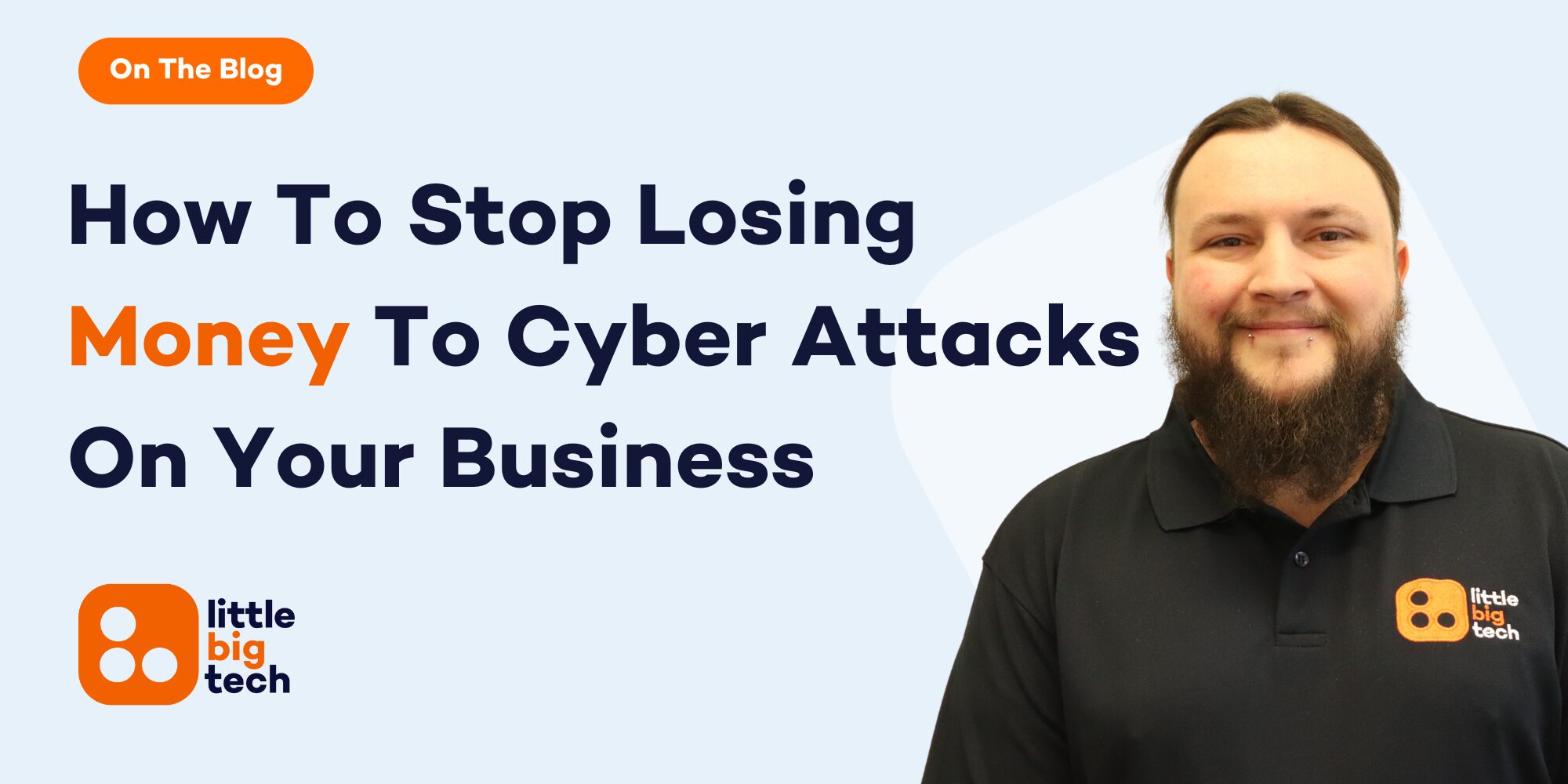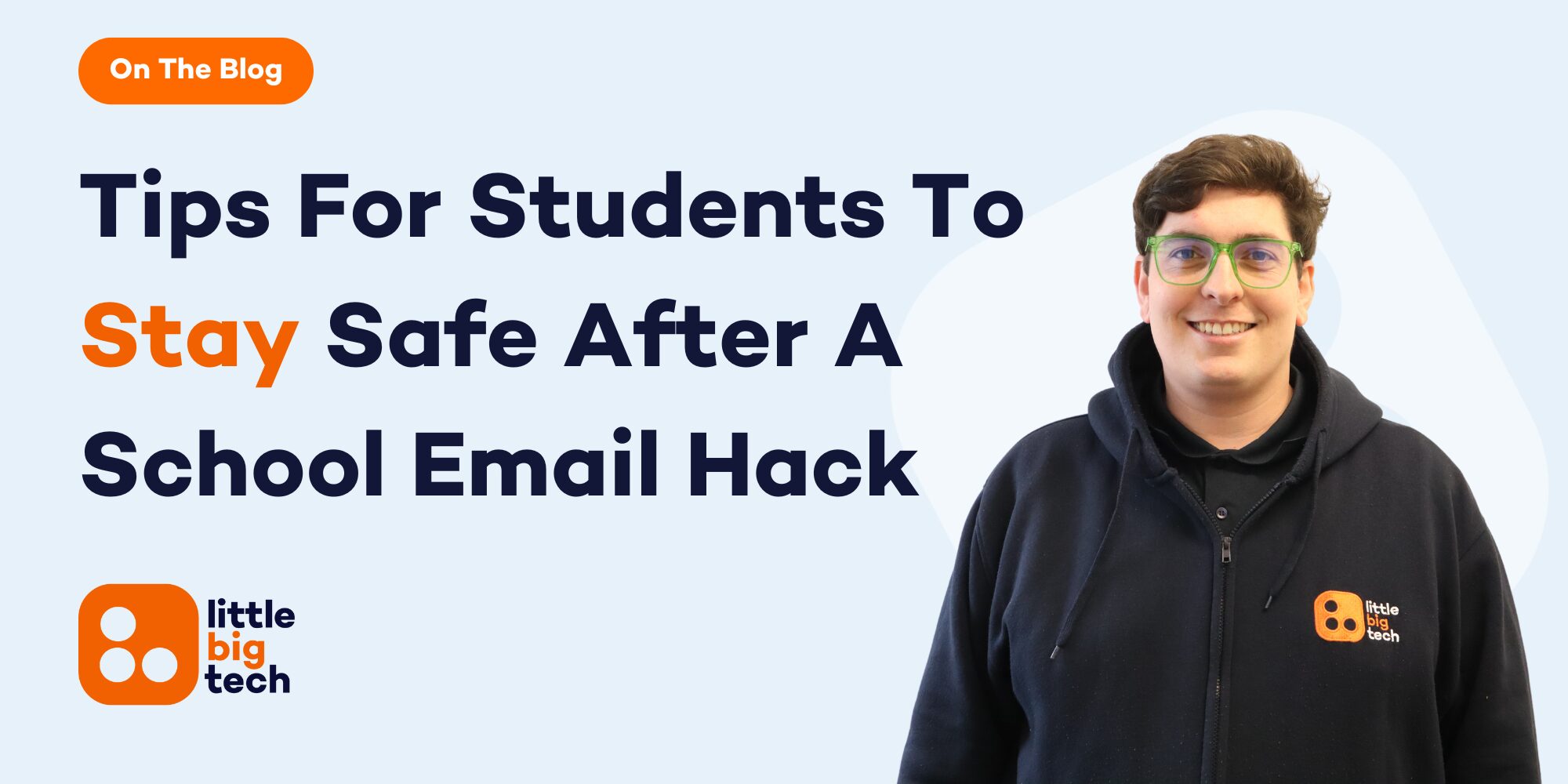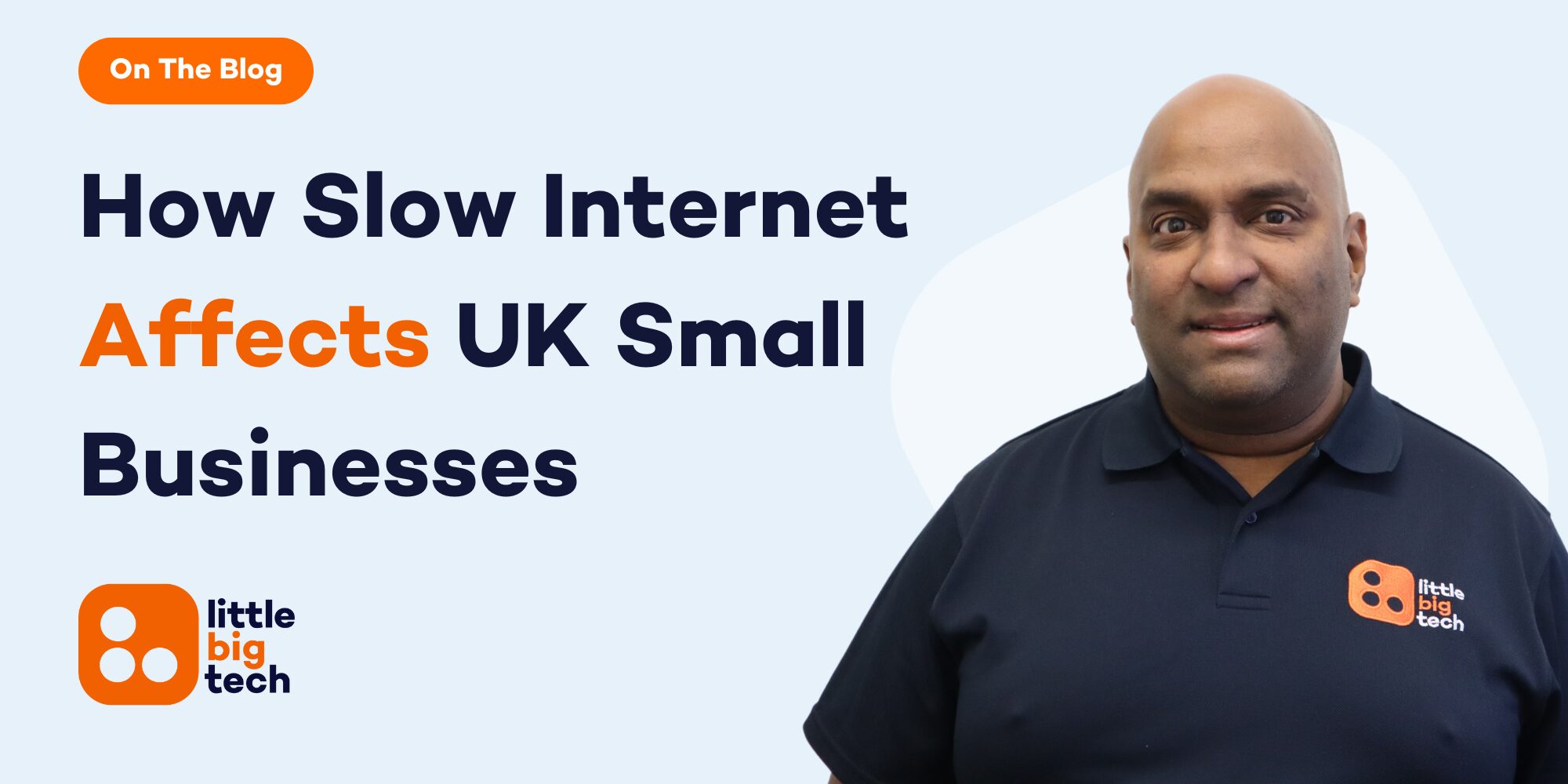Using public Wi-Fi may feel harmless, but the risks that come with it are far from safe. If you’re searching for the dos and don’ts of public Wi-Fi, you’re probably using it often and want to avoid the growing threat of identity theft and data breaches. This article will help you do just that.
Public Wi-Fi is available in nearly every hotel, café, airport, and train station. It’s convenient and easy to connect to. But it’s also easy for hackers to snoop, steal your data, and access your most private details. The dos and don’ts of public Wi-Fi talks about one wrong click or app refresh on an unsecured connection can expose your passwords, banking apps, emails, and even your work accounts.
Knowing how to behave online when using public Wi-Fi isn’t just good practice. It’s a real need for people who care about their personal and business safety. Whether you’re travelling, working remotely, or just catching up on social media while out and about, you need to know what dos and don’ts of public Wi-Fi when connected to an open network.
In this checklist, we’ll walk you through 7 key dos and don’ts of using public Wi-Fi that every smart internet user should follow. From what apps to avoid to which settings to switch off, this guide is written in plain English and based on real user habits.
Take a few minutes to read these steps before you next connect to any public hotspot. Your online safety could depend on it.
1. Do: Use A VPN Whenever Possible
A Virtual Private Network (VPN) is one of the safest tools you can use on public Wi-Fi. It creates a secure tunnel between your device and the websites or apps you use, making it hard for hackers to spy on your activity.
When you connect to public Wi-Fi without a VPN, your data travels openly across the network. This means anyone with a little bit of technical skill can watch what you do. They can see your passwords, your messages, and even which websites you visit. But with a VPN, that information is scrambled, so it’s unreadable to anyone else on the network.
Many people wrongly think VPNs are complicated or expensive. In reality, there are several trusted VPN services that are easy to install and cost less than a coffee per month. They work in the background and don’t slow down your connection much.
Whether you’re logging in to your email, checking bank balances, or using cloud-based work tools, a VPN adds a strong layer of protection. It’s a simple step, but one that can stop a serious data breach from happening.
If you often rely on public Wi-Fi in hotels, cafés or airports, a VPN should be your top tool. It’s one of the smartest ways to stay safe online.
2. Don’t: Access Banking Or Payment Apps On Public Wi-Fi
It might be tempting to check your bank account or transfer money while sipping coffee at a café, but using public Wi-Fi for banking apps is one of the biggest risks you can take. Hackers often set up fake Wi-Fi networks that look like the real thing. If you connect to one, they can watch every detail you type.
Even on legitimate public Wi-Fi, the connection is usually not encrypted. This means someone on the same network can potentially spy on your data, especially if you log into apps that don’t use strong protection. Once a hacker sees your banking login or payment details, they can empty your account or steal your identity in minutes.
Some banking apps offer extra security, but it’s not worth the gamble. Public Wi-Fi is unpredictable. Instead, wait until you’re on a secure mobile connection or a trusted home or work network. If it’s urgent, use your mobile data rather than Wi-Fi. Turning off Wi-Fi before accessing any financial services is a simple habit that could save you from serious financial loss.
When it comes to money, privacy should always come first. One careless moment on public Wi-Fi can lead to months of stress trying to recover from fraud.
3. Do: Use A Virtual Private Network (VPN) Every Time
One of the smartest ways to protect yourself when using public Wi-Fi is to use a Virtual Private Network, or VPN. A VPN acts like a secure tunnel between your device and the internet. It hides your data, so even if someone is spying on the network, they can’t see what you’re doing.
Let’s say you’re checking emails, accessing work files, or using your social media. With a VPN, your connection is scrambled and unreadable to anyone else on the network. This is especially useful in hotels, airports, cafes or even shared office spaces where Wi-Fi networks are open or have weak security.
Many people think VPNs are hard to use, but most modern VPN apps work with just one tap. Some even connect automatically when you’re on public Wi-Fi. It’s quick, easy, and effective.
Make sure you pick a trustworthy VPN provider. Some free ones might sell your data, which defeats the point of having a VPN in the first place. Look for one with good reviews and clear privacy policies.
Using a VPN is one of the best habits you can build if you often rely on public Wi-Fi. It gives you peace of mind and makes your connection safe from snoopers, fake networks, and data thieves.
4. Don’t: Access Online Banking Or Financial Apps
Using public Wi-Fi for sensitive tasks like online banking or checking financial apps is one of the biggest mistakes you can make. Even if the connection looks secure, it’s impossible to know who else is on the same network—or what they’re doing. Hackers often lurk on public networks looking for people who open banking apps, knowing that this gives them a golden chance to steal data.
When you log into your bank account on an open Wi-Fi connection, you’re risking more than just a password. Hackers can capture everything from login details to account balances and even security questions. In worst-case scenarios, they could perform transactions if they gain access.
Even if your banking app is encrypted, the network you’re using might be monitored. Some hackers use fake Wi-Fi hotspots that look legitimate. Once you connect, they can see every move you make.
If it’s urgent and you must check your account, switch to your mobile data. It’s far more secure. Better still, wait until you’re back on a trusted connection like your home or office.
Your bank account isn’t worth the risk. Public Wi-Fi and money just don’t mix. Always avoid financial tasks until you’re on a secure, private connection.
5. Do: Keep Your Device’s Security Features Switched On
It’s easy to forget the basics when you just want to get online quickly. But one of the smartest moves you can make when using public Wi-Fi is making sure your device’s security settings are switched on. These are built-in protections designed to stop outside access while you’re connected to open networks.
For example, firewalls act like a barrier between your device and anyone trying to sneak in. They won’t catch everything, but they’re a solid first step. Most laptops and phones come with one already installed—you just need to make sure it’s enabled.
Antivirus software is also a must. It helps detect and block harmful software that might try to install itself without you knowing. Regular scans can catch problems before they grow into major headaches.
On top of this, make sure your system is up to date. Software updates often include security patches that close holes hackers know how to get through.
If you’re using a laptop, turn off file sharing. If someone on the same Wi-Fi network is snooping, shared folders make it easier for them to find your stuff.
These small checks take seconds but can save you from serious trouble. A quick glance through your settings could be the difference between staying safe and falling victim.
6. Don’t: Access Sensitive Accounts Like Banking Or Work Emails
One of the biggest mistakes people make on public Wi-Fi is logging into accounts that hold sensitive data. Whether it’s your online banking, work email, or client systems, these are high-value targets for hackers watching the network.
Public Wi-Fi networks—especially unsecured ones—make it much easier for cybercriminals to snoop on what you’re doing. If you log into your banking app, for example, someone could capture your login details without you even knowing. That could give them access to your money, your transactions and even your full name and address.
Work emails are just as risky. Many people forget how much confidential information is shared in emails. Attachments, passwords, client names and project details can all be exposed. If you’re a business owner or staff member dealing with private data, this could also land you in serious trouble under UK data protection laws.
Even “safe-looking” websites can be risky if the Wi-Fi you’re using has been set up as a fake hotspot. This is where hackers create a network with a name like “FreeHotelWiFi” just to trap you.
The golden rule? If the information matters and you’d be upset or in trouble if someone else saw it, don’t access it on public Wi-Fi. Wait until you’re on a secure network you trust.
7. Do: Use Two-Factor Authentication (2FA) Wherever Possible
Two-factor authentication (2FA) is one of the simplest and strongest ways to protect your accounts when using public Wi-Fi. Even if someone gets hold of your password, they won’t be able to get in without the second layer of security.
Most online services today let you set up 2FA, whether it’s your email, cloud storage, or bank account. Once it’s enabled, logging in will need something else apart from your password. This is usually a code sent to your phone or an app like Google Authenticator.
Why is this useful on public Wi-Fi? Because even if your password is stolen through a fake hotspot or packet sniffing, a hacker still can’t get into your account without that second code. It’s like having a second lock on the door, and only you hold the key.
It’s especially important if you use the same password across different sites (which many people still do). With 2FA, you’ve got a backup even if your password leaks.
Take the time to set up 2FA on every account that offers it. It takes just a few minutes but adds a big layer of defence when you’re out and about and have no control over the network you’re using.
Final Thoughts On The Dos And Don’ts Of Public Wi-Fi: Stay One Step Ahead
By now, it’s clear that understanding the dos and don’ts of using public Wi-Fi is more than just a tech tip. It’s a daily defence against serious risks like data theft, hacking, and even identity fraud. Public networks are often open and unchecked, and they’re the first place cybercriminals look when trying to steal personal or business data.
As a business that helps people stay safe online, we’ve seen how fast things can go wrong for those who don’t take simple steps to protect themselves. It only takes one careless connection to an unsecured Wi-Fi network for someone to access your private logins, photos, or worse.
That’s why we believe it’s not just about what you avoid, but also about what you choose to do. Small habits like turning off auto-connect, enabling two-factor authentication, and avoiding banking or sensitive emails on public networks can make a huge difference.
We know public Wi-Fi is a part of everyday life. But that doesn’t mean you have to accept the risks. With a little knowledge and support, you can use public Wi-Fi more safely and confidently.
If you’re unsure whether your current devices and accounts are protected or if you want tailored advice, we’re here to help. At Little Big Tech, we offer friendly support, simple solutions, and the tools you need to stay secure on the move. Get in touch and let’s make sure your next Wi-Fi connection doesn’t come with hidden dangers.

